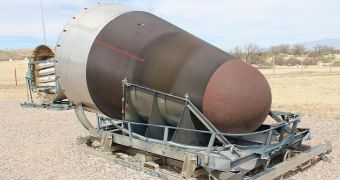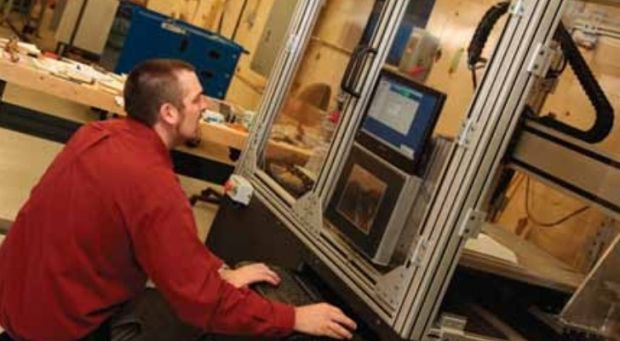Nuclear warheads may all be under lock and key and controlled by ancient electronic systems that are too basic and isolated to be properly hacked into. However, lots of other warhead types are being made and used every year.
You don't really need radioactivity to inflict damage. All you need is a big, big explosion. Warheads are the biggest example of something capable of causing an explosion.
In fact, the engineering science behind them is quite complex, because depending on how many parts the warhead is made of, what those parts are, and how they are assembled, the blast effects meet different criteria.
Warhead designers actually get to decide in advance how fragments fly upon the impact-triggered explosion, what sizes they should be, etc. Detonation physics is an entire universe unto itself, or so James Zunino says. He is a researcher at the Armament Research, Engineering and Design Center in Picatinny, New Jersey.
There are, however, serious limitations that warhead designers must operate under. After all, fabrication processes for the specific warhead parts don't offer a lot of design freedom. They make the same parts, again and again.
Because of that, a single warhead can be made of up to 100 different parts, and you can't have too many different types.
3D printing technology, however, could allow them to be made of fewer parts, and those parts to be much more varied in shape and composition.
It's like gun 3D printing on a completely different scale and made with metals and other tough elements instead of plastic. The prospects are quite terrifying really, since the warhead designers could basically decide on a custom blast radius.
The warheads could also, conceivably, be made smaller, narrower. More compact. Yet all the while, the strength of the blast would not suffer. If anything, it could be boosted despite the reduction in size. Fewer civilian casualties are the only silver lining here, and kind of flimsy in light of how many lives the warheads are bound to take in the future, but we suppose military applications for 3D printing were inevitable. It's a miracle that there is a silver lining at all.
Besides, as long as the Earth is divided into different countries, they will always seek to maintain technological superiority when it comes to weapons. For all military applications of additive manufacturing to be as benign as 3D printed food is a nice hope, but ultimately unrealistic, disheartening though it is.

 14 DAY TRIAL //
14 DAY TRIAL // 

